Last Updated on November 20, 2025 by Ewen Finser
As a CPA, many of my SMB clients run on razor-thin margins, and processing fees feel like a silent partner that never lifts a finger. Understandably so, my clients are obsessed with how to save money and get around these never-ending fees. The good news? You can push them down if you compare pricing models the right way and negotiate with numbers, not wishful thinking. It’s either that, or take only cash and drive away the majority of your paying customers.
So today, I’m going to stack Luqra, Square, Stripe, and PayPal side-by-side so you can decide for yourself. I’ll also touch on Helcim and Stax because their models help you benchmark flat pricing against interchange plus. We’ll do this in plain English, with clean math and no fluff.
Let’s get paid with less pain.
The Bottom Line Up Front

The lowest effective rate depends on your mix, but two paths usually win: a tight interchange plus schedule if you run lots of debit or have real volume, or an aggressive flat plan that you negotiate.
Luqra is the price anchor here because of its rate-match guarantee and rate-lock posture, which lets you bring a competing IC+ quote and force a match or better. Square is the easiest to use, but its flat rates and per-transaction fees can run higher at small tickets. Stripe shines for online and can move you to IC+ on custom terms, while PayPal offers broad acceptance with an IC++ option if you qualify.
My recommendation? Pull three months of statements, run the math for both models, and make Luqra, Stripe, and PayPal bid against your actual card mix.
Important Terms Defined
Flat/Blended Pricing: This is one all-in rate for each transaction type (in-person vs. online) that already bundles the underlying costs. In my experience, these are simple to read but difficult to audit. You’ll see prices like “2.6% + 15¢ in store, 2.9% + 30¢ online.” Square and Stripe publish these for standard accounts.
Interchange: Interchange is the “wholesale” cost that the acquiring bank pays the issuing bank for each card sale. It’s a percentage + a fixed fee that’s set by the networks and published. For example, regulated debit often shows as 0.05% + 22¢, while common consumer credit categories run near 1.5% + 10¢ and up. Processors then add their margin.
Interchange Plus (IC+): This is where you pay the actual interchange and assessments that Visa/Mastercard set, plus the processor’s markup (a small percent and/or a few cents). It’s transparent and easier to optimise at scale. Stripe offers IC+ on custom plans, PayPal offers an “Interchange Plus Plus” option, and Helcim posts IC+ by default.
Why does this matter? Interchange varies by card type (debit vs. credit vs. rewards), entry method, and merchant category. In the U.S., interchange sits much higher than in the EU, which is why blending can hide a lot.
If you want the lowest possible effective rate, you either need a sharp interchange plus schedule with a tiny markup or a flat plan that is aggressively priced and negotiable at your volumes.
Two things to keep in mind:
- Card-not-present (CNP) interchange is higher than in-person. Expect a gap.
- Your card mix drives your true cost more than any headline. If you run lots of debit, IC+ usually wins.
The Contenders at a Glance
Luqra
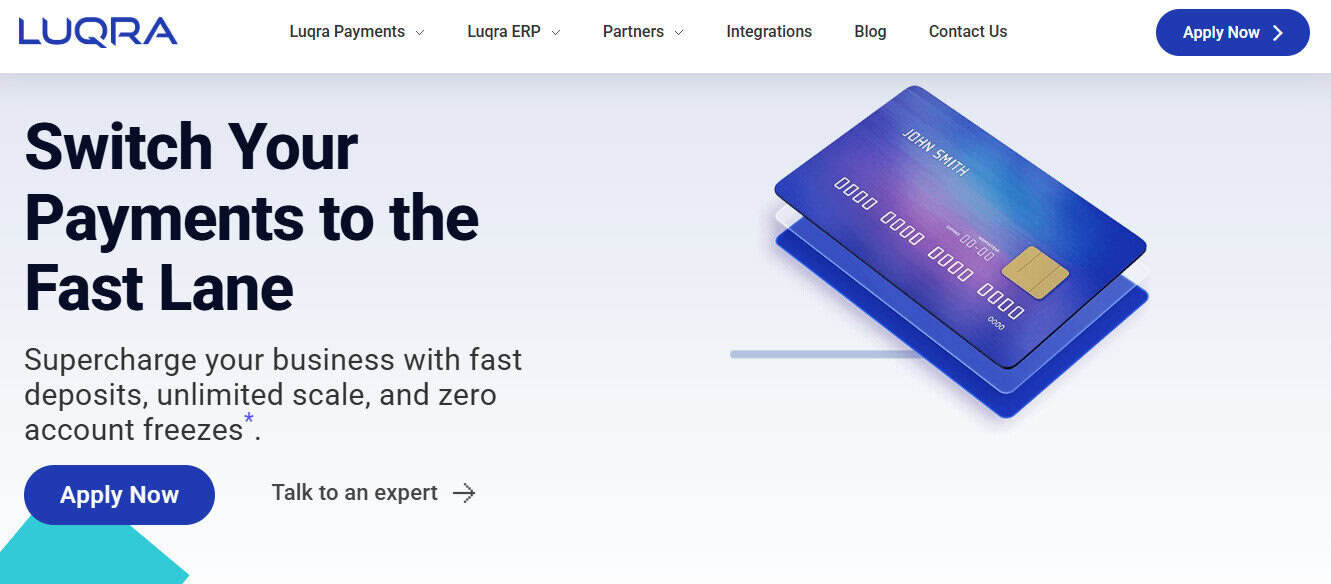
- In-person: As low as 2.0% + 10¢
- Online/keyed: As low as 2.3% + 20¢.
- What stands out: Luqra has a rate-match guarantee (which is rare in this space), and they state that rates are guaranteed to never increase. They also pitch full-stack payments with ERP and analytics, but the play here is pricing control plus support.
Square
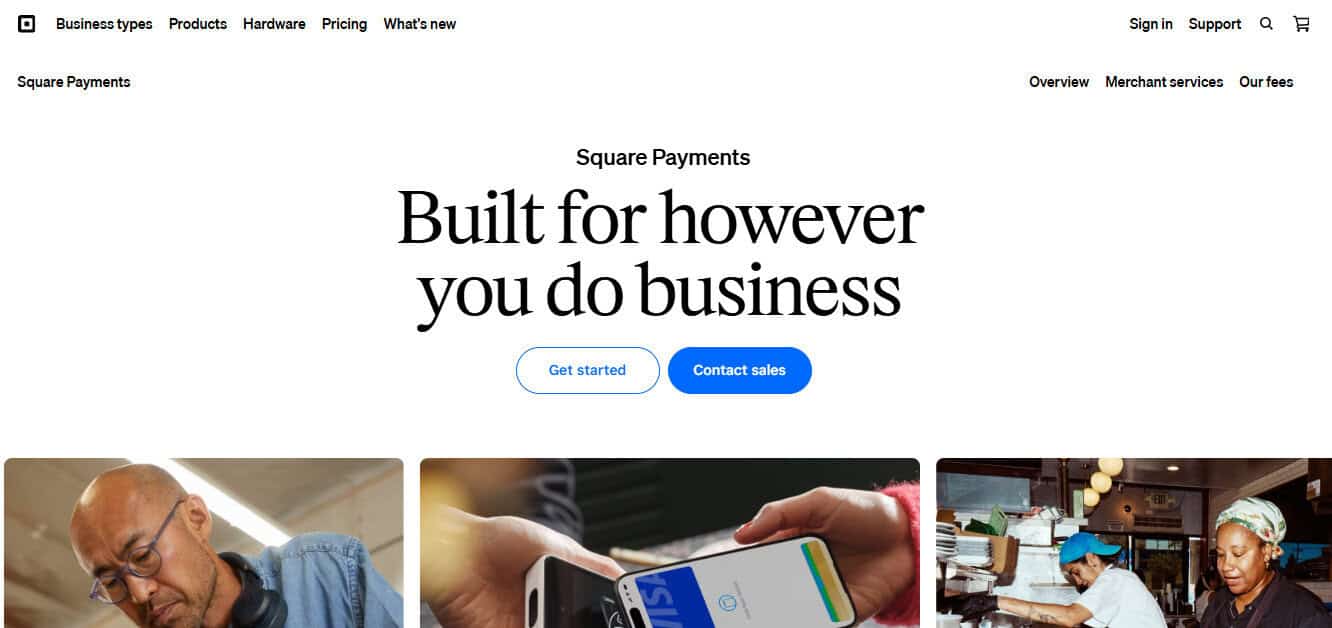
- Model: Flat rates (simple, predictable).
- In-person: 2.6% + 15¢
- Manual entry/card on file: 3.5% + 15¢
- Online: Commonly 2.9% + 30¢ (some flows 3.3% + 30¢).
- ACH: 1% with caps. Custom deals at higher volumes.
- What stands out: Easy setup, strong POS. You pay for simplicity.
Stripe
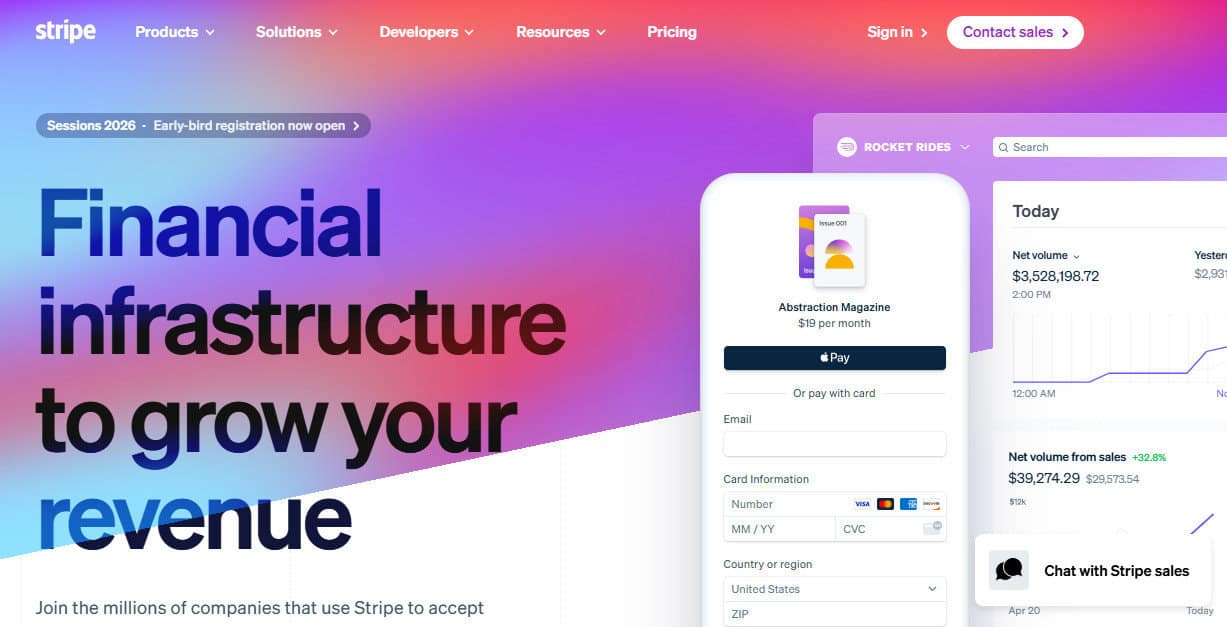
- Model: Flat by default; IC+ available on custom plans.
- Online domestic cards: 2.9% + 30¢; +0.5% for manual entry; +1.5% for international; +1% for currency conversion.
- ACH: 0.8% (cap $5).
- What stands out: Best-in-class APIs and global methods. IC+ is on the table if you have volume and the right profile.
PayPal (Including Advanced Credit & Debit / PayPal POS)
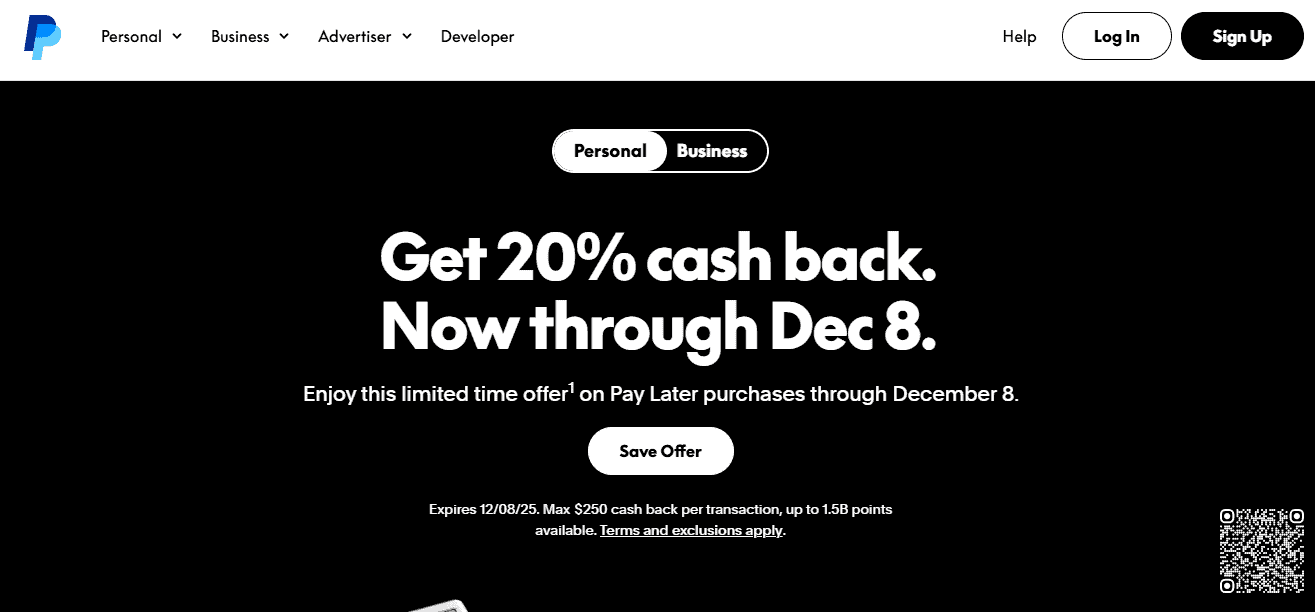
- Model: Mix of flat schedules, with an Interchange Plus Plus option for eligible accounts.
- Online “Advanced Credit and Debit Card Payments”: 2.89% + fixed fee.
- Standard card payments: 2.99% + fixed fee; PayPal Checkout: 3.49% + fixed fee; POS card present: 2.29% + 9¢.
- IC++ option (if eligible): Interchange pass-through + 0.49% + fixed fee.
- What stands out: Reach and brand trust; IC++ gives room to compete if you qualify.
Helcim
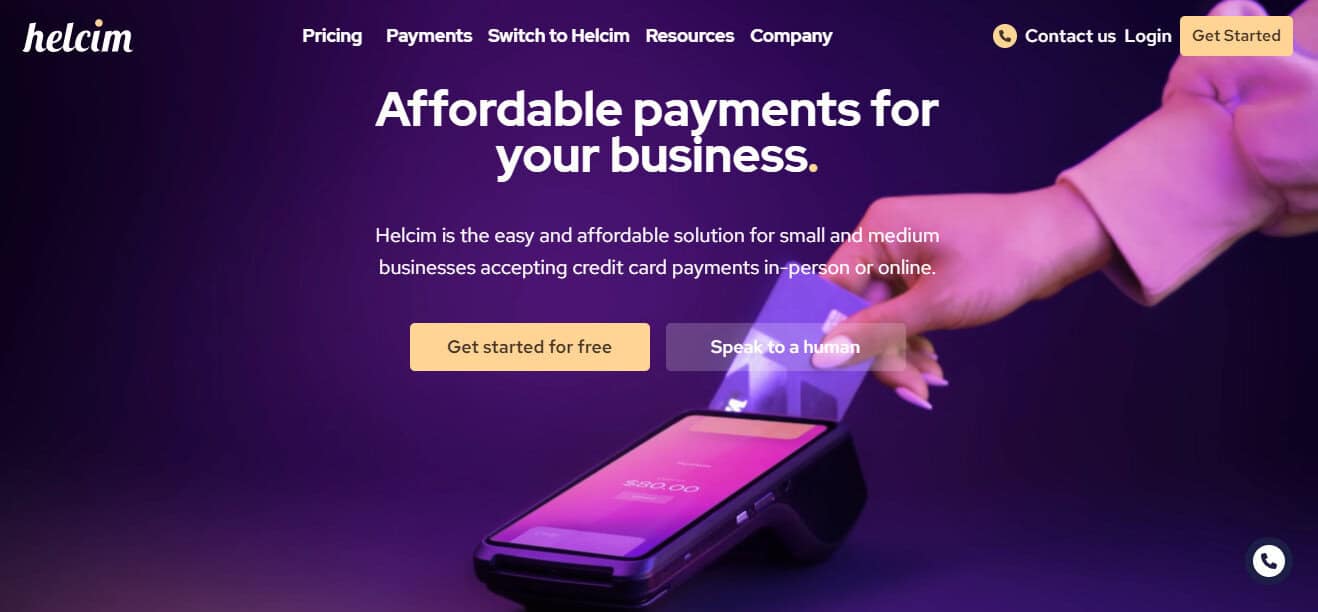
- Model: Interchange + markup posted online.
- Sample posted tiers (in-person): IC + 0.40% + 8¢ for <$50k monthly volume, with lower markups at higher tiers.
- What stands out: Clear IC+ schedule that scales down as you process more.
Stax (benchmark, for “subscription + IC”)
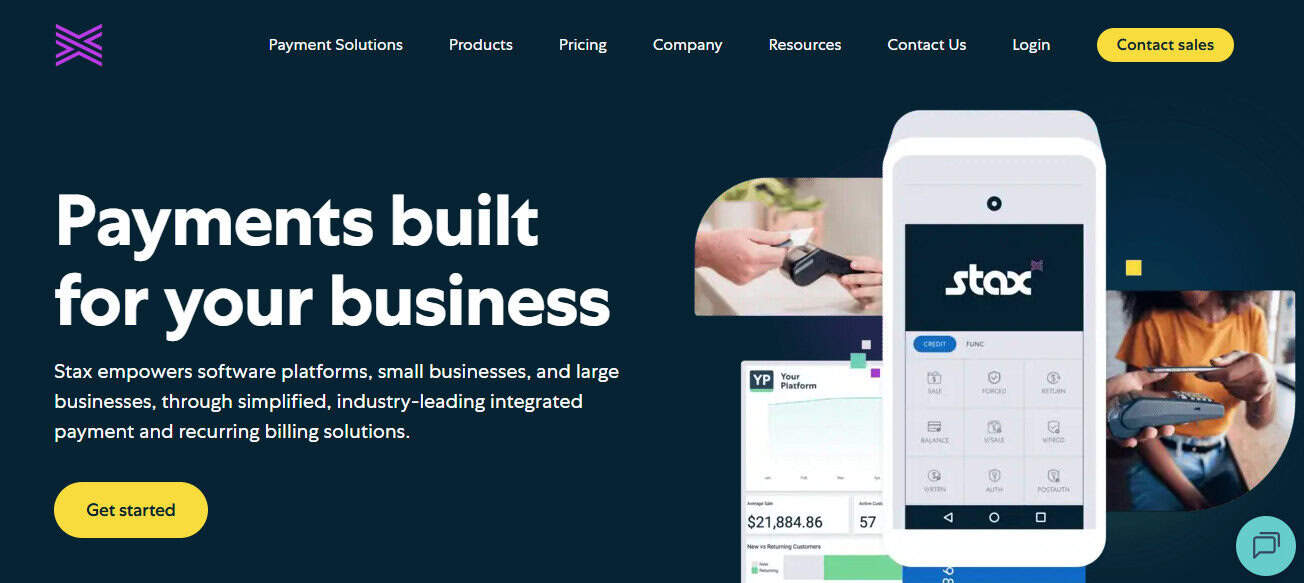
- Model: This one is unique in that it’s a monthly subscription, 0% markup on interchange, and pricing starts at $99/month. Great if your ticket sizes and volume justify the fee.
So, Which Is Cheapest?
You can’t crown a winner without testing your numbers. Here’s a simple worksheet you can run in Excel or Google Sheets:
- List monthly card volume, average ticket, and mix (percent debit vs. credit vs. premium).
- Pull each provider’s rate schedule (flat vs. IC+).
- Compute total fees under each schedule.
- Divide by total volume to get the effective rate.
Here’s what can shift the outcomes:
- Average ticket size: Flat pricing punishes small tickets due to the 15–30¢ per-transaction fee.
- Debit mix: With more debit, IC+ often wins because debit interchange can be very low compared to credit rewards.
- CNP share: Online/keyed costs more; gaps widen at scale.
So, with that in mind, let’s run an example.
Assume:
- Monthly volume: $100,000.
- Average ticket: $25 (~4,000 transactions).
- Mix: 50% regulated debit, 50% rewards credit in-person.
- Online adds ~35 bps in raw cost vs. in-person due to higher interchange costs.
Here’s how that shakes out in a flat plan (typical in-person 2.6% + 15¢):
- Percent fee: $100,000 × 2.6% = $2,600
- Per-txn fee: 4,000 × $0.15 = $600
- Total: $3,200 (3.20% effective)
Here’s an aggressive flat (Luqra’s “as low as” 2.0% + 10¢ in-person):
- Percent fee: $100,000 × 2.0% = $2,000
- Per-txn: 4,000 × $0.10 = $400
- Total = $2,400 (2.40% effective)
And here’s Interchange Plus:
- Interchange (blended example only): let’s say 1.0% + 12¢ across the mix (debit low, credit higher).
- Markup: 0.40% + 8¢.
- Effective percent: 1.4%; per-txn: $0.20.
- Percent fee: $100,000 × 1.4% = $1,400
- Per-txn: 4,000 × $0.20 = $800
- Total = $2,200 (2.20% effective) if that 1.0% + 12¢ blend holds.
The takeaway? At small tickets, per-transaction pennies add up fast. IC+ can win if your debit share is strong, but in my experience, most card transactions tend to be credit, not debit. A very aggressive flat rate can compete when you negotiate.
Your numbers will differ, of course. Swap in your real card mix and ticket size, then let the math decide.
A Step-by-Step Guide to Pick the Lowest Rate

- Pull three months of statements from your current provider. Break out volume by card brand, card type, and entry method.
- Compute your blended interchange using the statement detail if you have IC+. If you’re on flat pricing, estimate your card mix using POS or gateway reports.
- Ask each provider for a written schedule that matches your mix:
- Flat and IC+ if available.
- All monthly, PCI, refund, and chargeback fees.
- Run the math (like we did in the example) for in-person and online separately.
- Negotiate with proof. Share your mix, show your math, and request either:
- A lower flat percent and per-transaction fee, or
- A tighter IC+ markup (both the percent and the cents).
- Lock it down in the contract with a rate-lock clause. If you go with Luqra, align the rate-match and “never increase” language to your exact schedule — in writing.
A CPA’s Cheatsheet
If you’re still not sure or you want a quick recommendation, here’s my cheatsheet by use case and a handy comparison table:
- Debit-heavy, average tickets under $25: Push for IC+ or a very aggressive flat. Helcim-style IC+ and Luqra’s rate-match are wins here.
- Omnichannel retail with simple ops: Square’s flat plan is hard to beat on setup speed and POS depth; just mind the 15¢. Run the math on per-transaction fees.
- Software/SaaS and global online sales: Stripe shines on methods and tooling. Push for IC+ and optimization features if you have volume.
- Brands that rely on PayPal/Venmo badges: Start with PayPal’s Advanced schedule, then request IC++ if eligible.
- High, steady volume with predictable mix: Stax can pay off once the subscription cost is covered by lower markups.
Provider | Pricing model | Notable rate option | Strengths | Yellow flags | Best for |
Flat (negotiable); will match IC+ | As low as 2.0% + 10¢ in-person; 2.3% + 20¢ online; rate-match guarantee | Aggressive flat pricing; rate-lock posture; willing to meet/beat quotes | Requires a quote and volume context to unlock the best pricing | SMBs that want simple, low flat rates and leverage to negotiate | |
Square | Flat | 2.6% + 15¢ in-person; 2.9% + 30¢ online | Fast setup; strong POS and hardware | Per-txn fees add up on small tickets; IC+ only via custom deals | Brick-and-mortar and pop-ups that value speed and tools |
Flat by default; IC+ on custom | 2.9% + 30¢ online (standard); IC+ if eligible | Elite APIs; global methods; optimization features | Standard flat can be pricey at scale without IC+ | SaaS, platforms, and online brands that can negotiate IC+ | |
PayPal | Flat; IC++ option | 2.89%–2.99% + fixed fee online; IC++ if eligible | Brand trust; PayPal/Venmo conversion lift | Flat schedules can run high without IC++ | Stores that rely on PayPal/Venmo at checkout |
What to Watch For in Each Provider
Luqra: Commitment and Pricing Control

- Ask for: If you sign up with Luqra, make sure to get the rate-match and the no-increase commitment in writing, plus the exact downgrade/chargeback fees and any monthly or PCI fees.
- Fit: Strong option if you want hands-on support and price certainty without DIY API work. It’s an even sweeter deal if you prefer the whole ERP/analytics stack in one place.
Square: The Least Friction, Not the Lowest Fee
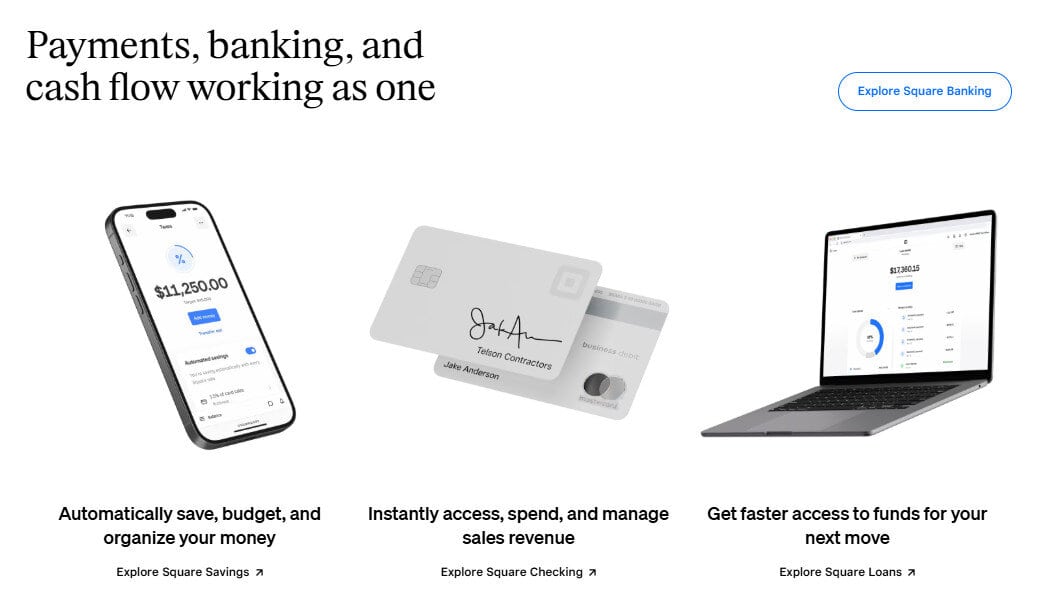
- Ask for: Custom pricing if your annual volume clears the bar, plus clarity on card-present vs. CNP routing in your setup.
- Fit: Micro and small sellers who value simplicity and POS features. If your tickets are small, that extra nickel per swipe matters.
Stripe: Best Developer Depth; IC+ if You Qualify
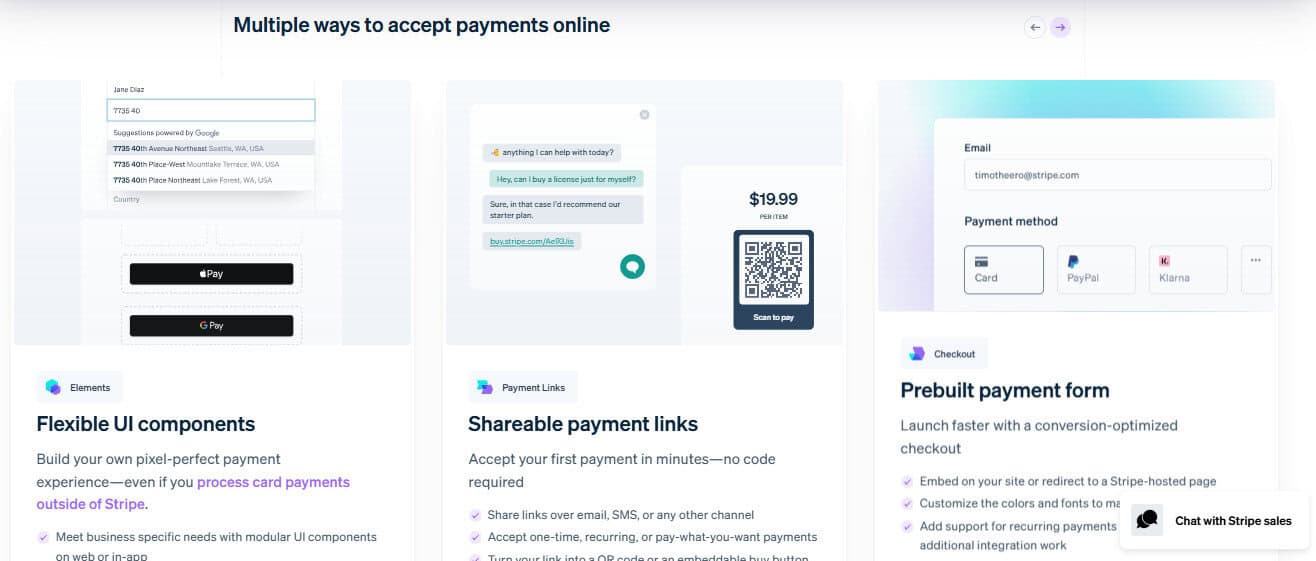
- Ask for: IC+ with a narrow markup, network tokenisation, and Adaptive Acceptance terms if you process at scale (higher approvals reduce your effective cost).
- Fit: Software-driven businesses that live in APIs and want global payment methods in one platform.
PayPal: Reach + IC+ + Option

- Ask for: IC++ enablement and a reduced +0.49% component at scale.
- Fit: Brands that need PayPal/Venmo badges for conversion and want a path to pass-through pricing.
Helcim: Clean IC+
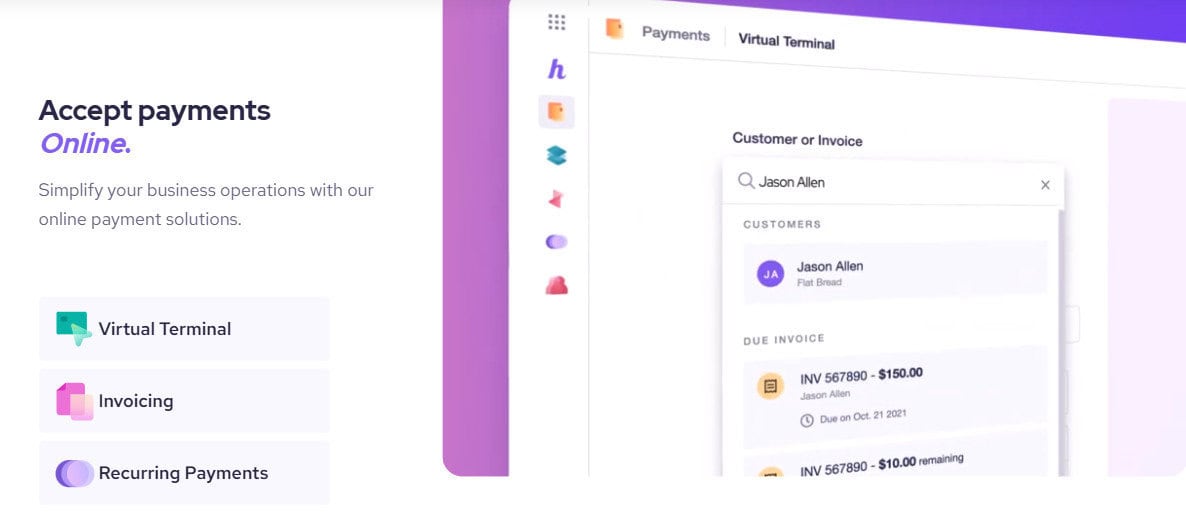
- Fit: Merchants who prefer full transparency and are ready to optimize card mix and routing. Run the Excel model above and see if it makes sense with your business’s card swipes.
Stax: Subscription Model
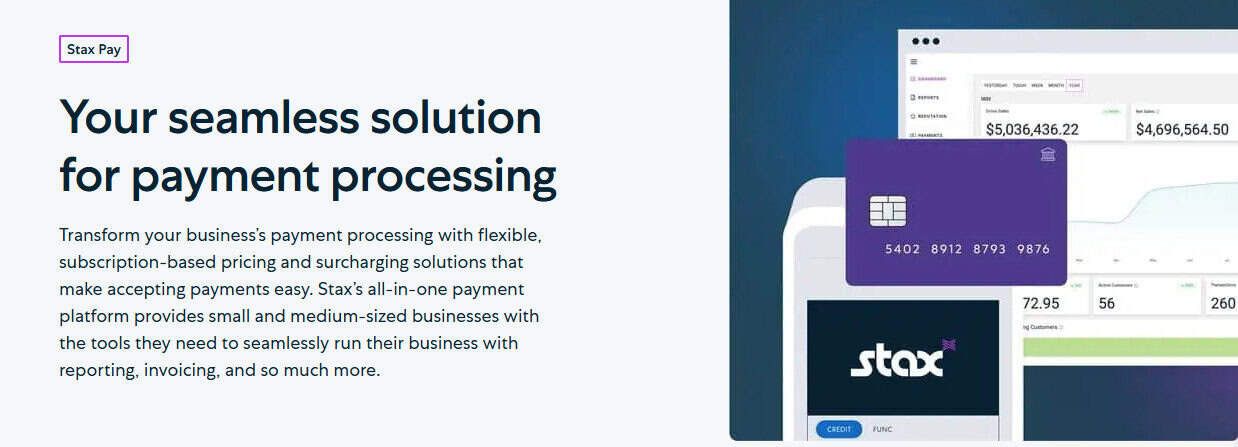
- Fit: For merchants whose volume is high enough that the subscription saves money over per-transaction markups. 0% markup on interchange plus a monthly fee (starting at $99/month) is great if it makes sense.
Finding the Best Credit Card Processing Rates
No single provider is “cheapest” across every mix. If your sales are debit-heavy or your average ticket is small, IC+ with a tight markup tends to win. If you want flat pricing without surprises, Luqra’s rate-match guarantee and never-increase stance give you leverage you can put in writing, and their published “as low as” rates are strong starting points.
Square, Stripe, and PayPal remain leaders in usability and reach, so make them compete for your numbers, not your loyalty. Just keep in mind: Card network fees and interchange rules remain a moving target in the U.S. Regulators and courts continue to push on swipe fees, and there have been proposals and rulings that could trim some costs over time — though the headline changes are modest so far. Keep an eye on any network settlement changes that shift average interchange over the next few years.

